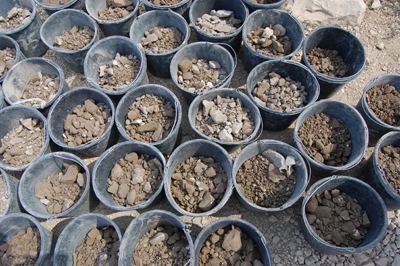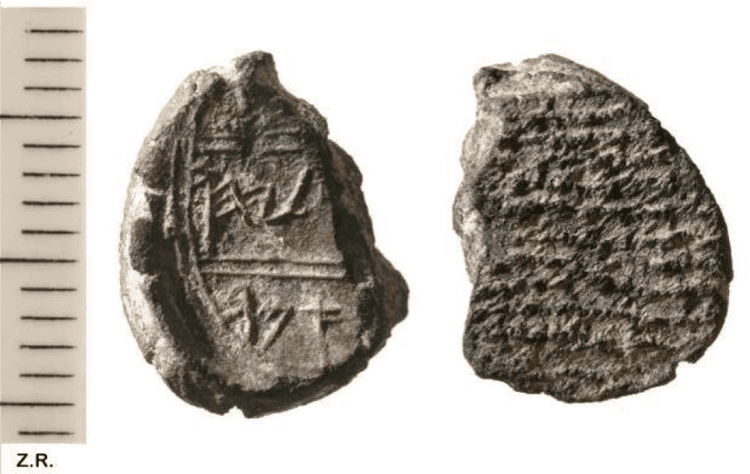 | ||
Temple mount sifting project
The Temple Mount Sifting Project (formerly known as the Temple Mount Salvage Operation) is an Israeli archaeological project begun in 2005 dedicated to recovering archaeological artifacts from 400 truckloads of topsoil removed from the Temple Mount by the Waqf during the construction of the underground el-Marwani Mosque from 1996 to 1999. The project is sponsored by Bar Ilan University with funding from the Ir David Foundation and Israel Exploration Society.
Contents

Temple mount sifting project
History
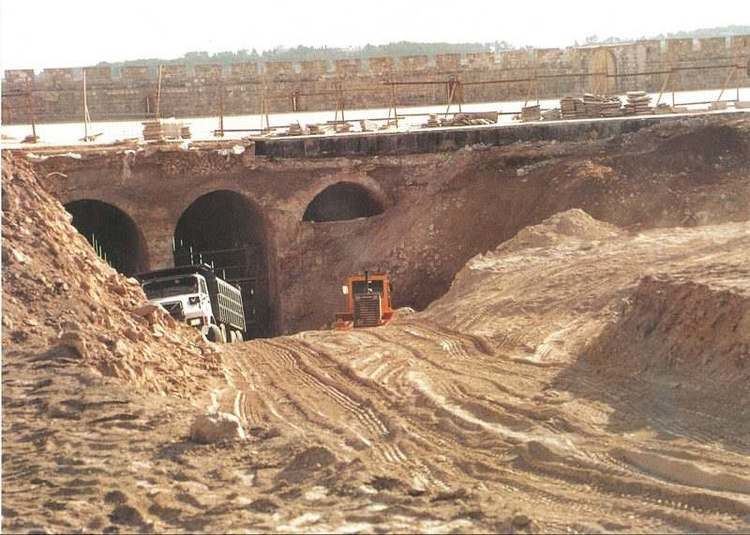
The renovation of Solomon's Stables, which is, 18,000 square feet (1,700 m2) and 36 feet (11 m) deep, entailed excavating layers of earth accumulated near its northern archways since medieval times. The project entailed the use of heavy earth moving equipment. About 60 truckloads full of stones and earth were taken to an organic garbage dump in nearby al-Eizariya, and could not be retrieved, but most of the debris (about 350 truckloads) was dumped in the Kidron Valley, near the north-eastern corner of the old city.
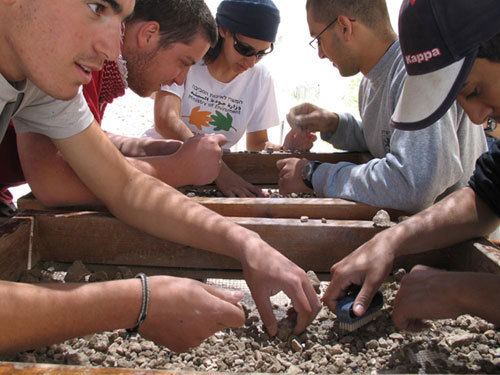
Under the supervision of Israeli archaeologists Gabriel Barkay and Zachi Dvira (Zweig) of Bar Ilan University, the soil is being sifted in search of artifacts.
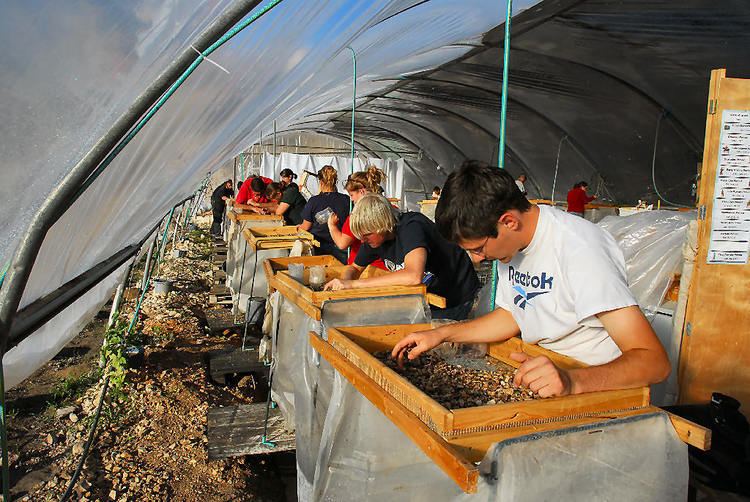
Dore Gold has called the removal of archaeological material from the Temple Mount without archaeological supervision by the waqf a physical form of Denial of the Temple in Jerusalem.
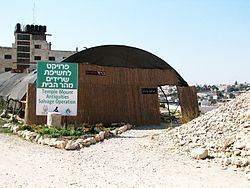
The work is being carried out at a site in the Emek Tzurim National Park, at the foot of Mt. Scopus. Hundreds of artifacts have been found, including coins and jewelry, some with biblical links dating back more than three millennia. The workers use a technique called "wet sifting," similar to panning for gold. Every particle is examined, using wire filters that are rinsed under water. The work is being done inside a large hothouse covered in plastic sheets. The contents of black plastic buckets filled with stones and pebbles are emptied onto wooden-framed screens, hosed down and sorted for items of potential importance.
Significant finds
